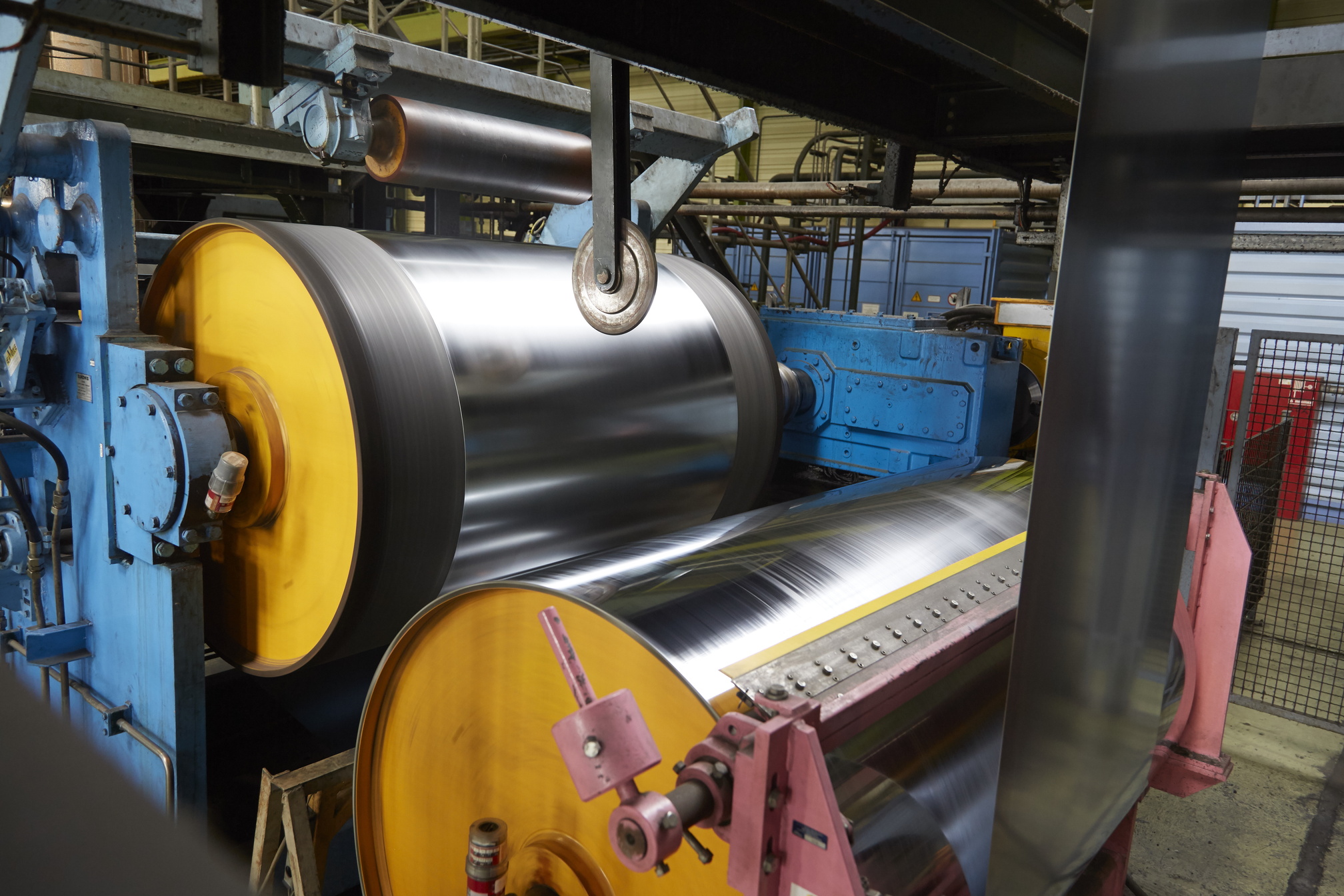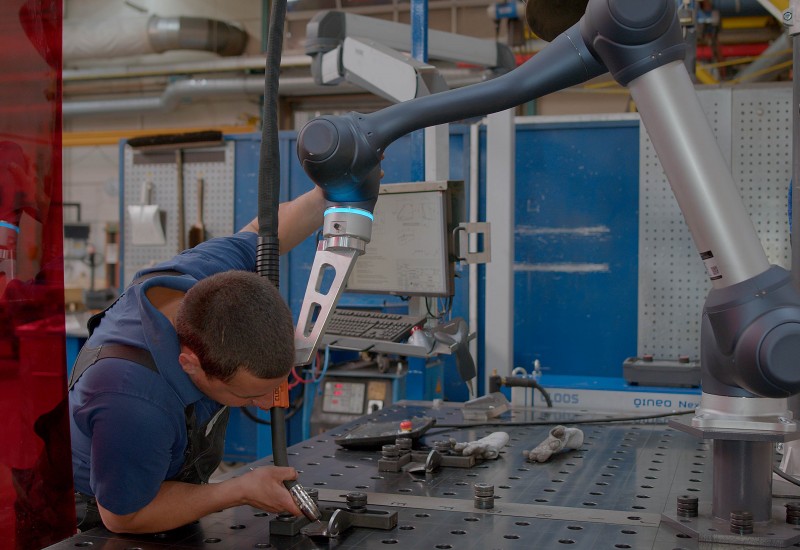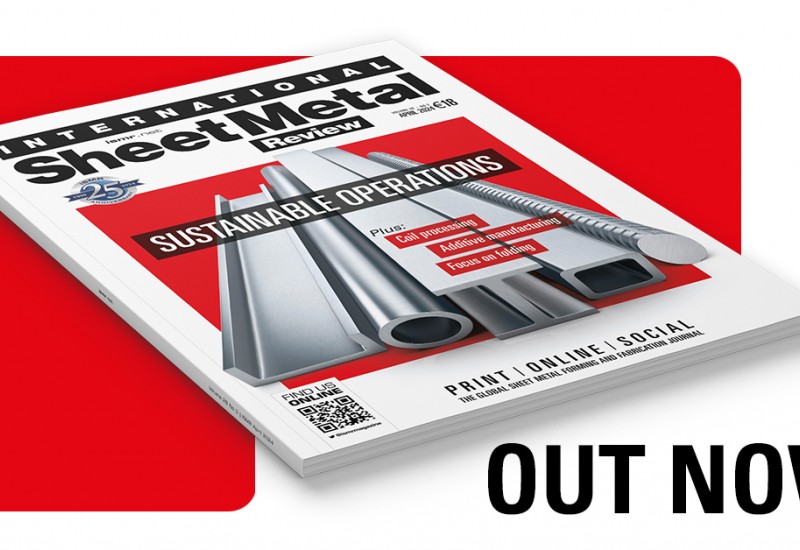Worldsteel short range outlook
Image caption: Hot-dip galvanising line (ThyssenKrupp).
The World Steel Association (worldsteel) released its Short Range Outlook (SRO) steel demand forecast for 2023 and 2024 in April this year. It forecasts that, this year, demand will see a 2.3% rebound to reach 1,822.3 Mt. Steel demand is forecast to grow by 1.7% in 2024 to reach 1,854.0 Mt. Manufacturing is expected to lead the recovery, but high interest rates will continue to weigh on steel demand. Next year, growth is expected to accelerate in most regions but deceleration is expected in China.
Commenting on the outlook, Máximo Vedoya, CEO of Ternium and Chair of the worldsteel Economics Committee, said: “In 2022, recovery momentum after the pandemic shock was hampered by high inflation and increasing interest rates, the Russian invasion of Ukraine and the lockdowns in China. As a result, steel-using sectors’ activity went down in the last quarter of 2022. This, combined with the effect of stock adjustments, led to worse than expected contraction in steel demand.
"Persistent inflation and high-interest rates in most economies will limit the recovery of steel demand in 2023, despite positive factors like China’s reopening, Europe’s resilience in the face of the energy crisis and the easing of supply chain bottlenecks. In 2024, demand growth is driven by regions outside China but faces global deceleration due to China’s anticipated 0% growth, overshadowing the improved environment. Sustained inflation remains a downside risk, potentially keeping interest rates high.
“As China’s population declines and moves to consumption-driven growth, its contribution to global steel demand growth will lessen. Future global steel demand growth will rely on reduced drivers, primarily concentrated in Asia. Investments in decarbonisation and dynamic emerging economies will increasingly drive positive momentum for global steel demand, even as China’s contribution to global growth diminishes.”
Steel demand in the developed economies suffered a sizable contraction in 2022 because of monetary tightening and high energy costs. After falling by 6.2% in 2022, it is expected to increase by 1.3% in 2023. In 2024, a recovery of 3.2% is foreseen by worldsteel.
“The EU economy turned out to be more resilient to the energy crisis caused by the Ukraine war than initially thought. While the EU economy grew by 3.5% in 2022, avoiding recession, industrial activities suffered significantly from high energy costs that led to a sizable contraction in steel demand in 2022. In 2023, the EU steel industry will continue to feel the impact of war, other supply chain-related issues and continued monetary tightening. In 2024, demand is expected to see a visible rebound as the impact of the Ukraine war and supply chain disruptions are expected to dissipate. However, the outlook is subject to persisting uncertainty. After a fall of 7.9% in 2022, demand is expected to fall by 0.4% in 2023. A 5.6% rebound is expected in 2024,” outlined the report.
The outlook expects U.S. growth in 2023-2024 to be subdued by recessionary pressure. Rising interest rates, as well as land and material costs, are putting negative pressure on construction, particularly for the residential sector, while recovery in the non-residential sector is expected to continue. Steel demand from the energy sector is also expected to benefit from expanding energy production. After a fall of 2.6% in 2022, steel demand is expected to grow by 1.3% in 2023 and then by 2.5% in 2024.
In June 2023, worldsteel published the 2023 edition of ‘World Steel in Figures’. The publication provides a comprehensive overview of steel industry activities, stretching from crude steel production to apparent steel use, from indications of global steel trade flows to iron ore production and trade.
Edwin Basson, Director General, worldsteel, commented: “‘World Steel in Figures’ shows that most countries around the world saw a small decrease in both steel production and use in 2022; the lingering effects of COVID restrictions. Any increase in steel production and demand going forward needs to take the Paris Agreement framework into account, as our policy paper on climate change makes clear. The steel industry needs to simultaneously improve the efficiency of the technologies that we are currently using, and swiftly create and deploy new steelmaking technologies on a large scale. Many of our members are working hard on this and I applaud their efforts.”



























Recent comments